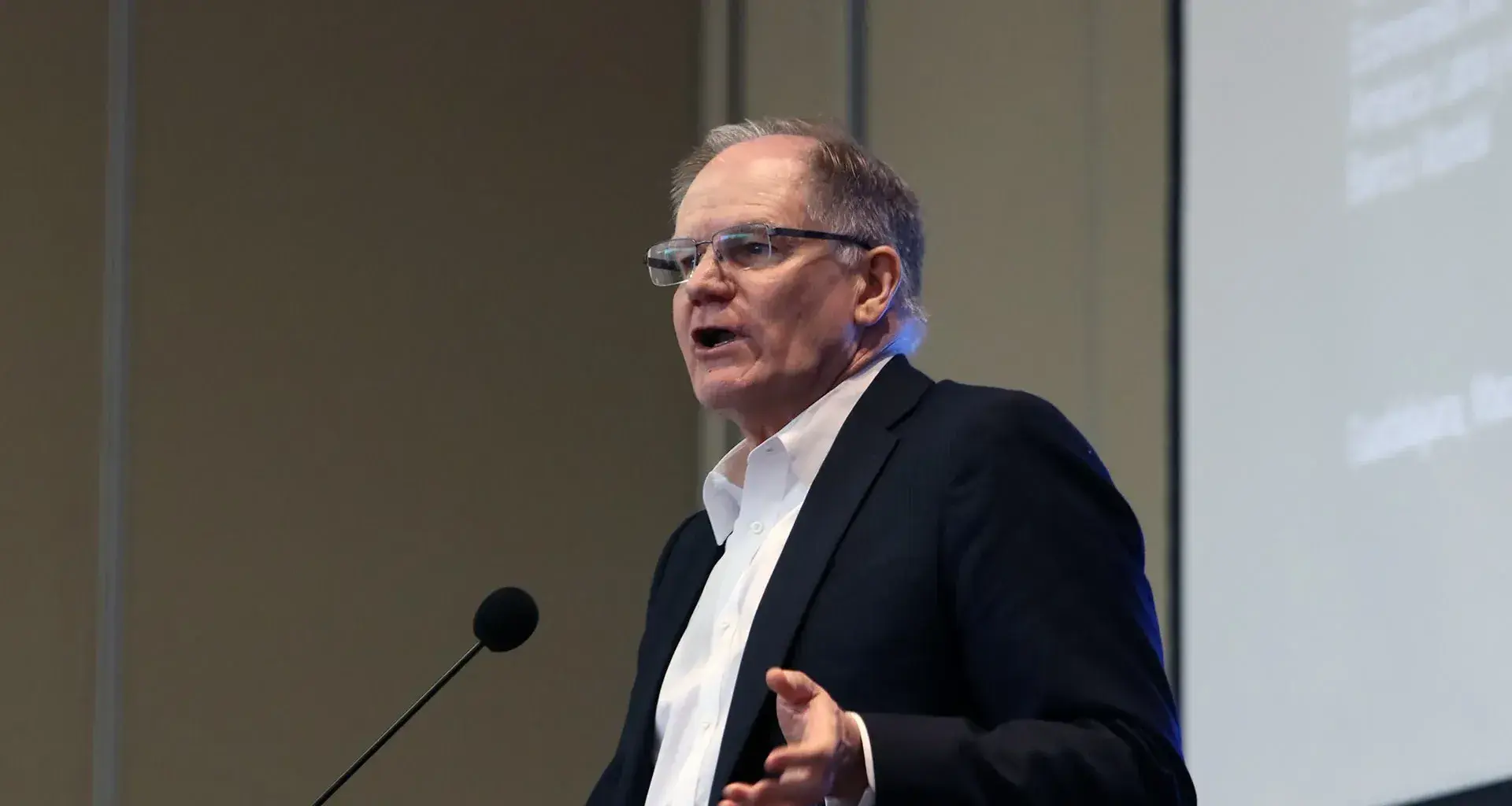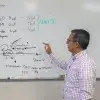“It is not so much what is produced as how it is produced,” said William Maloney, the World Bank’s chief economist for Latin America and the Caribbean when addressing the economic challenges facing the region during an event held at Tec Guadalajara.
Organized by the Tec’s School of Business, the “Innovation Symposium: Industry, Higher Education, and Government” was also attended by Mark Thomas, the World Bank’s country director for Mexico, Colombia, and Venezuela, as well as Cristobal García, fellow of the Massachusetts Institute of Technology (MIT).
At the forum, the specialists held conversations with representatives of Jalisco’s different productive sectors: businessmen, academics, investors, and government officials.
For Xiomara Vázquez, Western Region Dean of the Tec’s School of Business, this dialogue “was of great importance, because they also explained to us how Mexico is positioned in the world and how we can have an approach aligned with Jalisco’s economic ecosystem”.
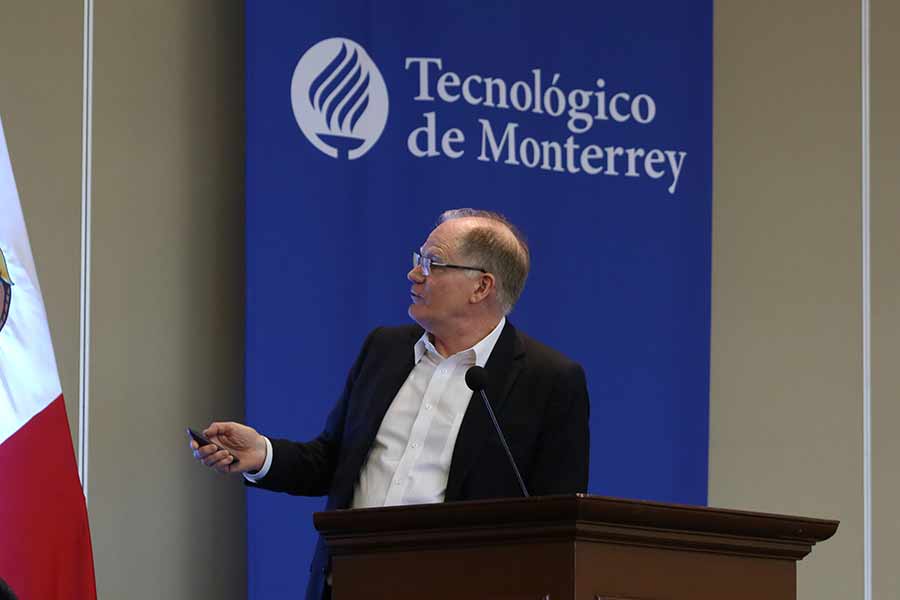
Challenges for the Latin American Region
William Maloney listed the challenges he considers key to the development of the Latin American economy:
1. Changing growth trends
“The most important challenge for the whole region is insufficient growth. We are forecasting 2.4% growth for 2025, which is not enough to enable social mobility, reduce poverty, and create dynamic societies,” he said.
“We have to find out what is missing in our regional model to enable us to attain regional growth levels of 5 or 6%.
“And that is why we are here at the Tec, because a key ingredient in all successful countries is precisely a deep innovation process for the whole economy,” he remarked.

2. Transforming opportunities into sources of development
However, Maloney believes that Latin America also has specific opportunities. “This region is very well positioned in terms of renewable energy and minerals like lithium and copper,” he said.
“The challenge is to convert those opportunities into sources of broader holistic development. This requires well-functioning business model and innovation systems,” he pointed out.
He voiced his opinion that this is why there are a number of issues to be resolved: there are lags in basic education, there is a deficit of technicians in the region, and several ports need infrastructure improvement.
“If we are to expand and become a base for nearshoring (relocation of transnational companies), we have to improve this... We have to set up innovation systems that work better to increase the growth rate,” he continued.
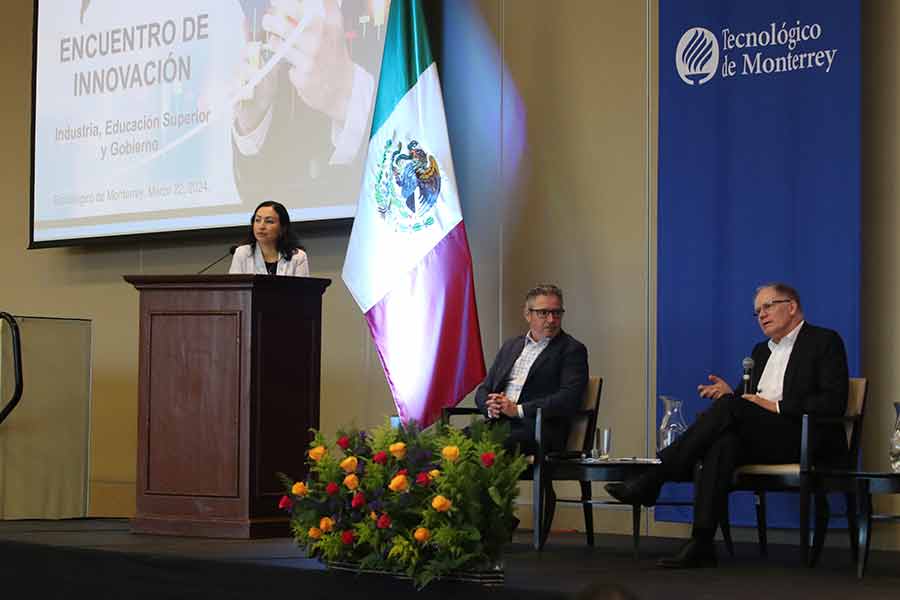
3. Maximizing business-university ties
Maloney stressed that universities “are incredibly important in two ways: first, to generate the human capital that industry needs and for citizens to have a good quality of life”.
And second, he said, “when it comes to innovation, they are important partners for the private sector; they are full of ideas on how to set up a company to see how to drive a new industry forward and create more added value in the economy.”
However, he commented that this means the region having to establish a way to identify these ideas and define how they can be translated to the local context.
“We have to find ways of doing research projects together, and of setting up small businesses (technological or not) and creating economic dynamism,” he clarified.

4.Generating high quality research
Furthermore, he believed that the region needs high-quality research departments that are relevant to the economic base and work in close collaboration with universities.
“We must have entrepreneurs who are able to identify good ideas and bring them to the market. But at the same time, we must have universities that can work with them to identify and develop new ideas. We have to think more in this vein,” he said.
“We must have entrepreneurs who are able to identify good ideas and bring them to the market.” - William Maloney
5. Taking advantage of foreign investment
He went on to say that another key factor in terms of growth is to increase foreign direct investment (FDI) in as many countries in the region as possible.
And he pointed out that in order to boost growth, FDI should be perceived less as a source of jobs or taxes and more as a lever for learning.
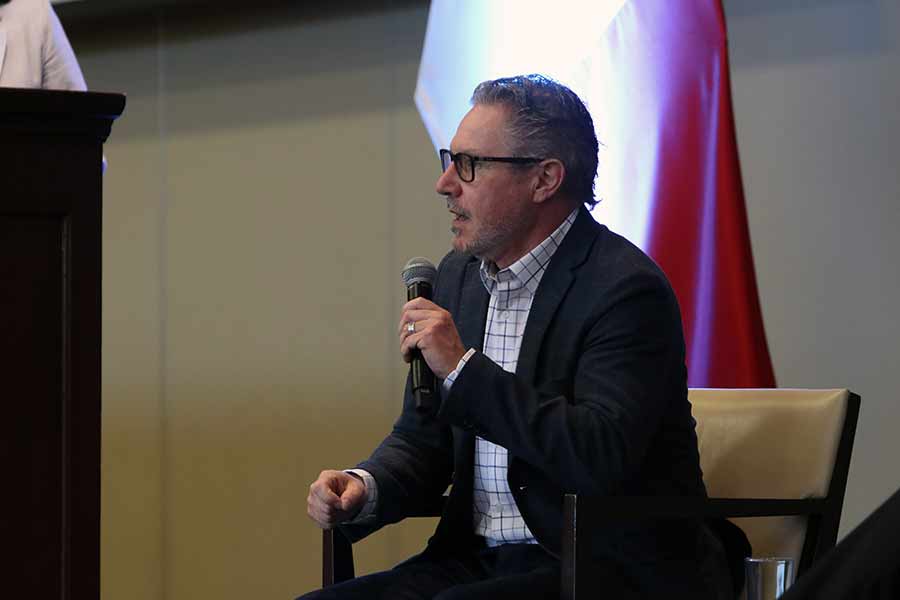
Closing the Gap between Theory and Practice
For his part, Mark Thomas told the meeting that, “Mexico is going through a key moment in its history. There are economic challenges in terms of growth and the reduction of inequality.
“But the opportunity offered by nearshoring is also a factor. And the most important challenge is that this process should have benefits for all Mexicans.”
Finally, Xiomara Vázquez reflected that these ties are key to the Tec’s School of Business because “one of the main triggers of business is this connection between innovation and entrepreneurship”.
“The session has been a hub for connecting the role of the university, for bridging the gap between theoretical knowledge and its business applications,” she concluded.
ALSO READ:

